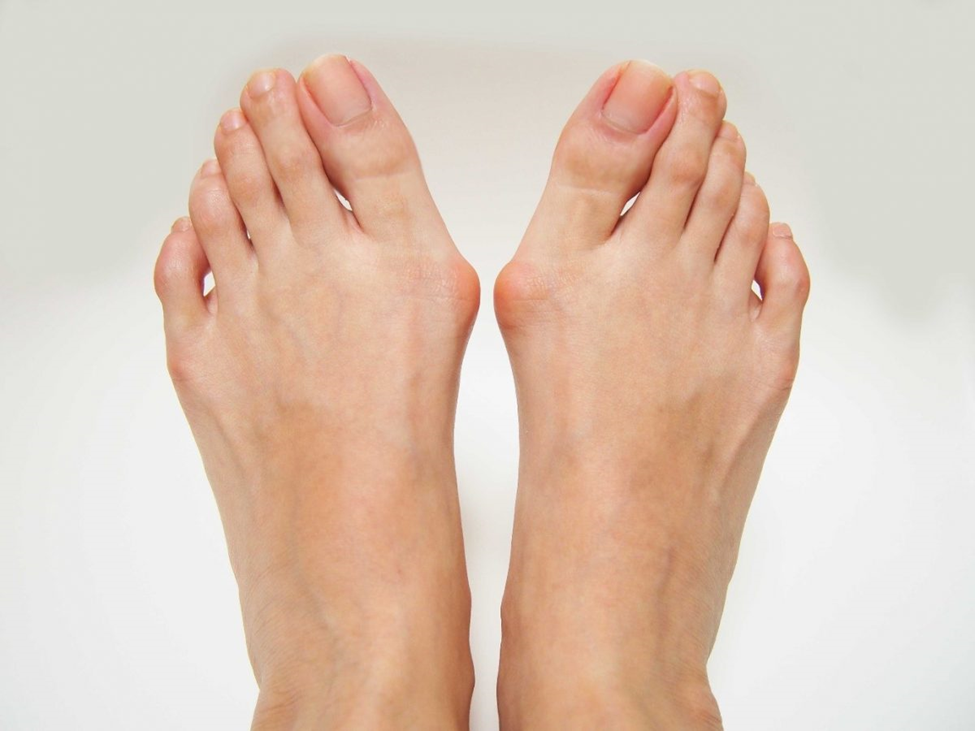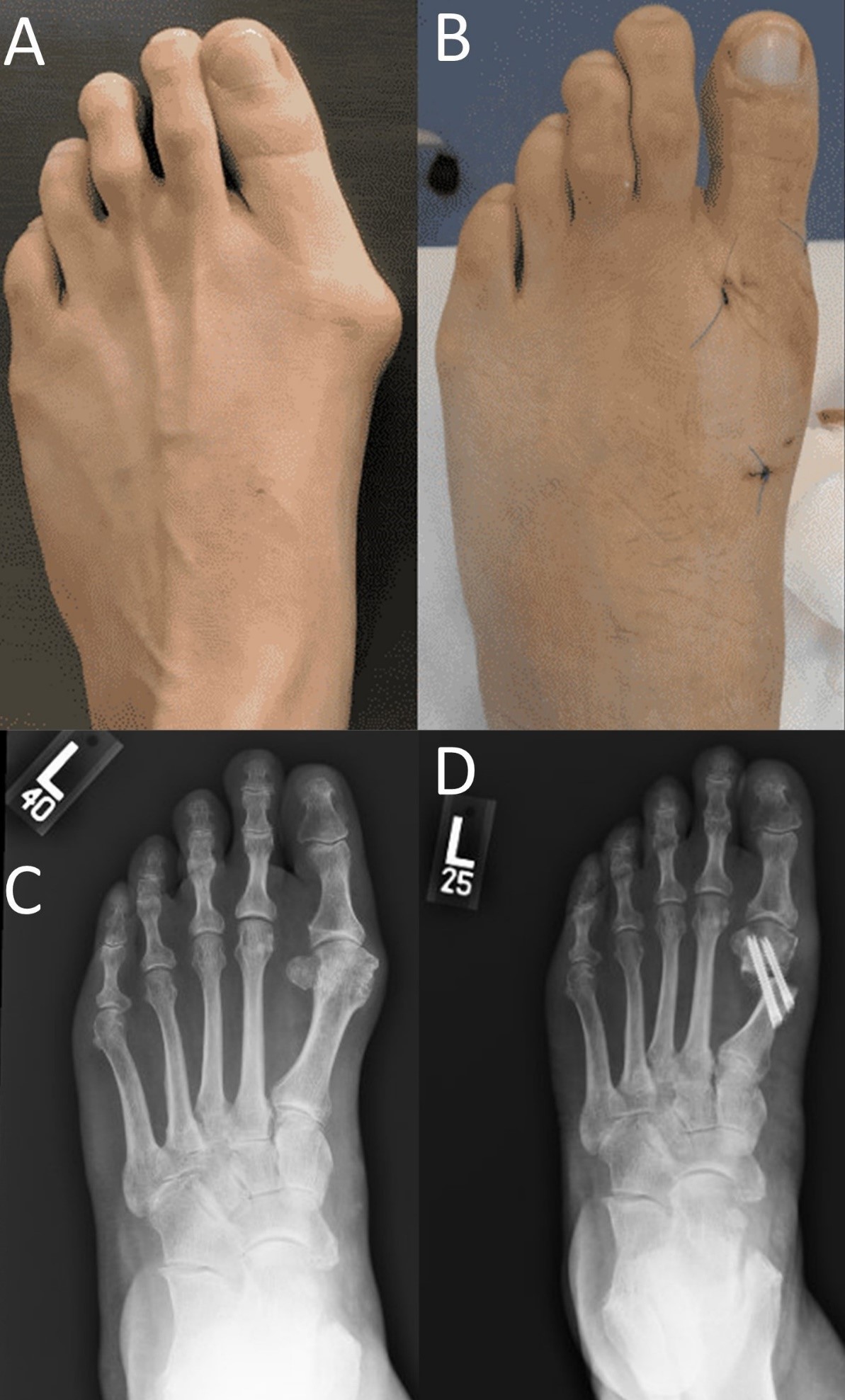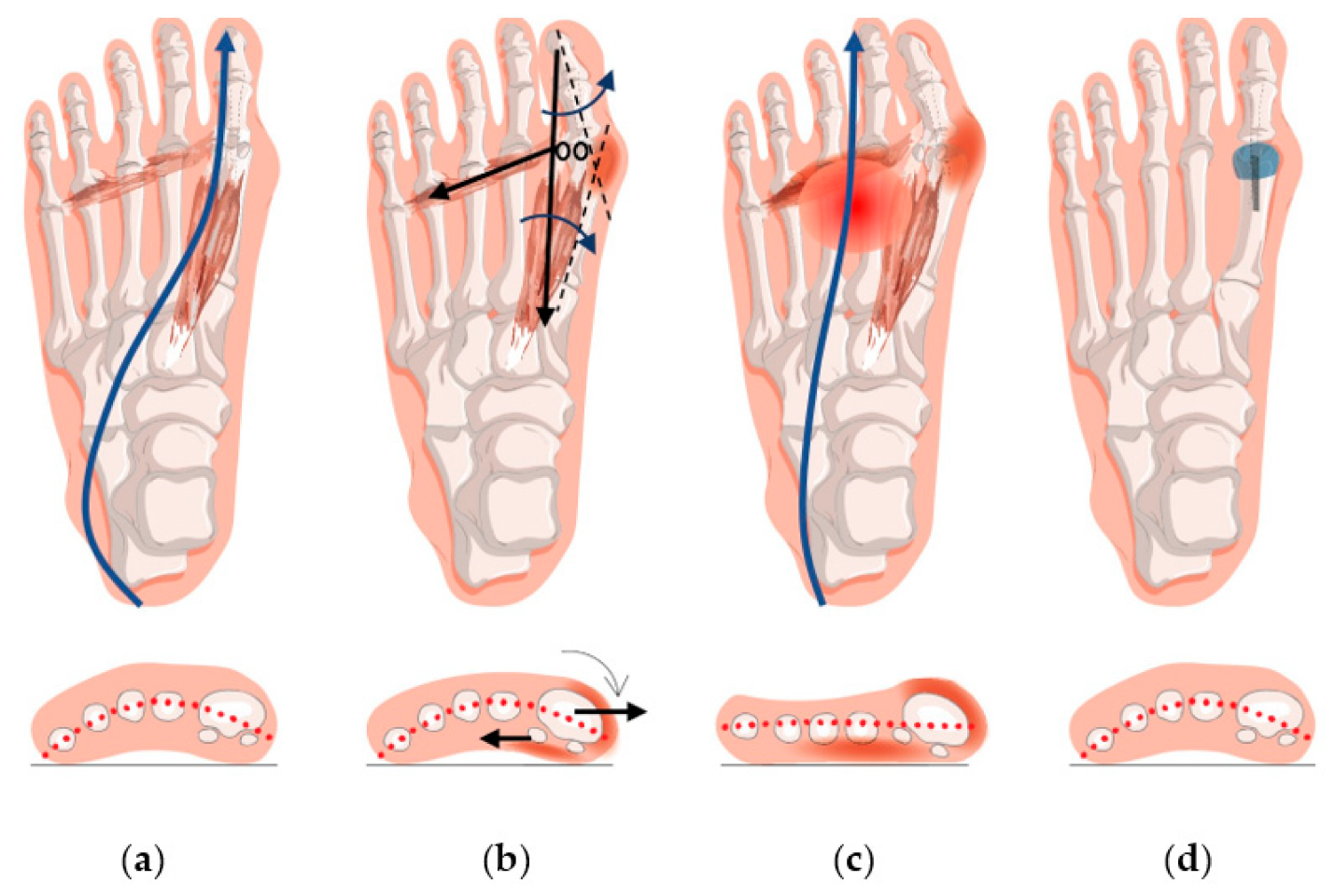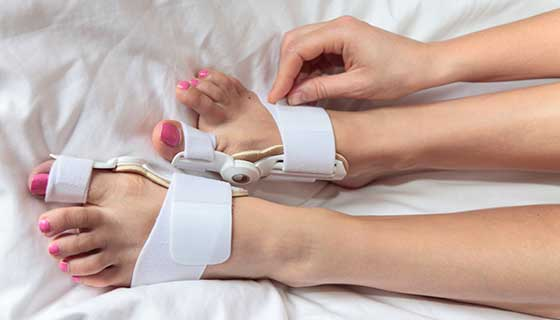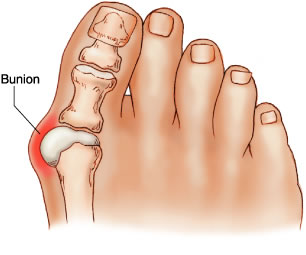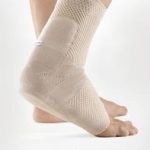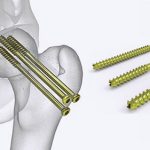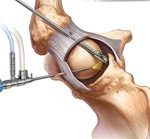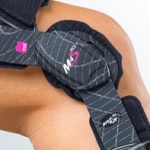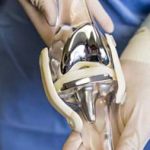BUNION SURGERY (HALLUX VALGUS CORRECTION)
What is bunion surgery?
Bunion surgery, sometimes called bunionectomy, is a treatment to correct bunions. There are a few types of bunion surgery. Most of them involve repositioning the big toe to relieve pain and improve function.
What is a bunion?
A bunion, or hallux valgus, is a bony bump on the side of the big toe joint. These bumps grow on the outside edge of the foot. You can see them at the part of the joint where the toe meets the foot, called the metatarsophalangeal (MTP) joint.
What are the types of bunion surgery?
Your surgeon may use a few different techniques during your bunion surgery, including:
- Exostectomy: During this surgery, your surgeon shaves off the bunion. Often, healthcare providers combine this approach with osteotomy to reposition the toe. This procedure is rarely done and in only the most minor bunions.
- Osteotomy: Your surgeon makes a few small incisions in the bones. Then the surgeon uses screws or pins to realign your big toe joint. This is the most commonly performed procedure for bunions.
- Arthrodesis: Sometimes, arthritis inflammation can lead to bunions. In arthrodesis joint fusion, your surgeon removes any parts of the big toe joint that have arthritis. Your surgeon then places screws in the toe to hold the bones together while they heal. This surgery is only done with the most severe of bunions.
Who needs to have bunion surgery?
Usually, you only need surgery if your bunion is painful or causing functional problems. You may be a candidate for bunion removal if you have:
- Big toe that drifts toward the smaller toes.
- Hallux rigidus, or a stiff big toe.
- Pain that interferes with your daily activities.
- Swelling and inflammation in the big toe that doesn’t go away.
Bunion surgery cost in Iran
If you pay out-of-pocket, bunion surgery can cost as much as $20,000 per foot. But the high price of surgery doesn’t have to prevent you from getting rid of that pesky bunion. Few countries offer quality bunion surgery at affordable prices. Iran provides high-quality bunion treatment options at only a fraction of the price found elsewhere in the world.
Iranian orthopedists
Iranian orthopedists are attentive to the needs and expectations of their patients. They are extremely devoted and make sure you are provided with the best result possible. Having received their fellowships at some of the best universities in Iran and around the globe, Iranian orthopedic surgeons use the most recent medical knowledge to perform each procedure. Be it a knee replacement procedure or
What happens before bunion surgery?
Before surgery, you and your surgeon will discuss your health, activity levels and any other factors that could affect your recovery. Your surgeon will use this information to choose the best type of surgery for you. On the day of your appointment, your healthcare provider will ask you to arrive one to two hours early. Typically, surgeons perform bunion surgery with local anesthesia (numbing agent around the toe) in addition to a light monitored anesthesia that will keep you comfortable during the procedure. Typically intubation (breathing tube) and heavy anesthesia is not needed for this type of procedure.
What happens during bunion surgery?
For most bunion surgeries, your surgeon makes a small incision along your big toe joint. Then your surgeon repositions your big toe. Your surgeon may also realign the tendons or ligaments around your toe joint.
Usually, your surgeon sets your toe in place using:
- Metal plates.
- Small screws.
- Wires.
Your surgeon places stitches and bandages on your toe to help the area heal properly. The whole process can take anywhere from 45 min to 3 hours depending on the severity of the bunion and what needs to be performed to correct it.
What happens after bunion surgery?
Bunion surgery is an outpatient procedure, meaning you can return home the same day. After surgery, you will wait in a recovery room for one to two hours until your surgeon determines you are safe to leave. You will have to ask someone to drive you home. During your recovery at home, your healthcare provider will instruct you to:
- Avoid putting weight on your big toe.
- Elevate your foot to reduce swelling.
- Keep your wound and bandages dry.
- Take pain medicines as prescribed. (Antibiotics would rarely be required for this type of surgery outside of the operating room setting.)
During the first two weeks after surgery, you may need to ask someone to help you prepare meals or do household chores.
What are the advantages of bunion surgery?
Most people who have surgery for a bunion experience significant pain relief when they recover. The surgery also improves big toe alignment. Improving your big toe alignment can help you walk more easily.
What are the risks or complications of bunion surgery?
The possible risks associated with bunion surgery include:
- Bunion recurrence (coming back).
- Ongoing pain or stiffness.
- Infection or inflammation.
- Nerve damage.
- Wound-healing problems.
Your doctor will discuss the risks of bunion surgery with you. Bunion surgery complications are rare and usually easy to treat. If you do experience any complications, your recovery may take longer than expected.
What is the recovery time?
Usually, you will get your stitches out about two weeks after surgery. However, it takes about six to 12 weeks for your bones to heal. You will likely have to wear a protective shoe or boot.
During this healing period, you won’t be able to put all of your weight on your foot. To move comfortably, you may need to use crutches, a scooter or a walker. Weight bearing will depend on what type of procedure is being done to correct your bunion.
After six to 12 weeks, you will start to regain foot function. Specific physical therapy exercises help restore your foot’s strength and range of motion. You can resume your activities after about three months. However, swelling may last for six to nine months after surgery.
To ensure that your foot heals properly, you will need to see your healthcare provider for pre-scheduled post op visits following surgery.

